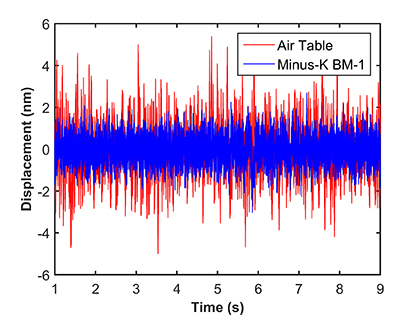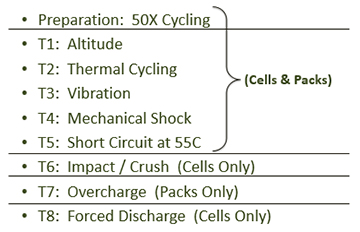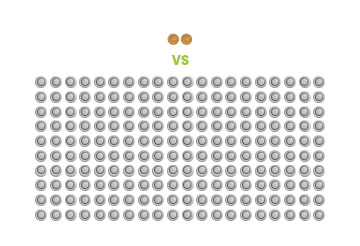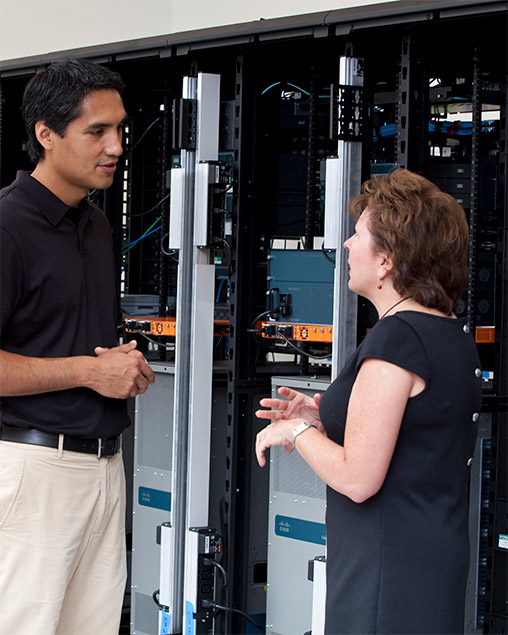Contributed commentary by Patrick Roberts, Michigan Technical University
July 30, 2017 | Advances in materials testing techniques have enabled scientists and engineers to measure mechanical properties, and observe and characterize mechanical phenomena that control deformation and failure down to nearly the atomic level. One field that is benefiting from such advances in testing techniques is energy storage. The option of creating higher energy capacity batteries has direct implications on performance with laptops, smartphones, and electric vehicles. Read more about Negative-Stiffness Vibration Isolation Facilitates Nano-Research into Superionic Solid Electrolytes for Next-Generation Lithium Batteries …












